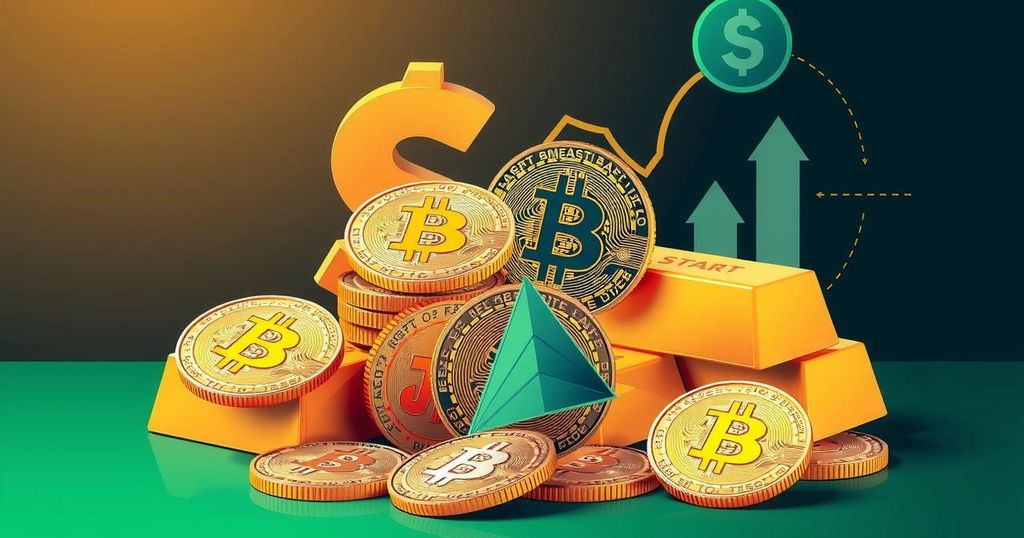Funding a Strategic Crypto Reserve via Tariffs: Prospects and Implications
Bo Hines proposes creating a strategic crypto reserve funded by tariffs, discussing its implications in a recent interview. He emphasizes a U.S. accumulation strategy for Bitcoin, similar to gold, and highlights regulatory advancements for digital assets. However, concerns arise regarding the transfer of tariff costs to American consumers, while Hines’ framing of Bitcoin as digital gold is contested, as its value lacks the intrinsic value of physical commodities like gold.
Bo Hines, the executive director of Donald Trump’s digital asset advisory board, suggested during an interview that a strategic crypto reserve could be funded by tariffs collected from imports. This was discussed in an hour-long conversation with Anthony Pompliano, focusing on various topics, including the potential for a Bitcoin reserve, Trump’s stance on digital assets, regulatory measures regarding stablecoins, and the incorporation of blockchain technology in the banking sector.
The concept revolves around the U.S. accumulating Bitcoin similarly to precious metals like gold, which would be in line with Trump’s vision of establishing the country as a crypto powerhouse. Hines proposes that acquiring Bitcoin should be done in a manner that does not impose financial burdens on taxpayers, suggesting an accumulation strategy for the U.S. government.
Critics argue that implementing such a strategy might place a financial burden on U.S. consumers since the ultimate cost of tariffs is typically passed onto them. Thus, any income generated from tariffs for purchasing Bitcoin could lead to American citizens indirectly funding such initiatives. Nevertheless, the Tariff revenues do present an opportunity for innovative funding solutions, despite their controversial nature.
Hines elaborates on Trump’s administration objectives, intending to minimise barriers for digital asset companies working with traditional banks, potentially transforming the American finance landscape. The administration is also keen to attract foreign Web3 operators to bolster its technological innovation, with significant regulatory advancements for stablecoins expected by August 2023.
Hines further compares Bitcoin to digital gold, suggesting an accumulation approach similar to gold investments. Historically, gold has been viewed as a safe haven during economic uncertainty, diverging from fiat currencies and treasury bonds that may not provide substantial security in challenging times. However, while gold’s value is rooted in its physical commodity nature, Bitcoin remains a digital asset determined by market demand, complicating its status as a risk-off asset like gold.
Consequently, many speculate that Hines’ statements serve more as propaganda rather than grounded analytic discourse, reflecting a strategic narrative aimed at garnering popular support for the cryptocurrency movement within the U.S.




Post Comment